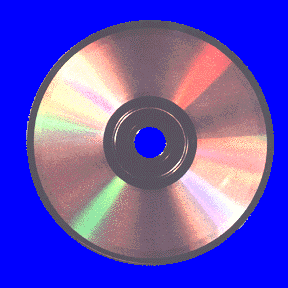 We received a note from Bob
Ryan, who was once an artist signed to Fury Records. He told us, "In 1957, I was with a group from
Milford, Connecticut, called Gino and the Wonders. Some time about 1958 we entered into an
agreement with Bobby Robinson and recorded a series of our original hits. It's been a long time, but I
remember Bobby as being a bizarre-looking kind of guy, especially to a 17 year old kid. We recorded
maybe a few months before the Wilbert Harrison thing [see Fury 1025 below, released June 1959]. I
have no contact with any of my former musicians. I was the only one who went on to do anything having
been Natalie Cole's first keyboard player after she graduated from college. Later, many years of touring,
blah, blah, you know the rest. I now play for my soul – certainly not the money – with a
small jazz group in Phoenix AZ. It's something one never gets over. — Bob Ryan"
We received a note from Bob
Ryan, who was once an artist signed to Fury Records. He told us, "In 1957, I was with a group from
Milford, Connecticut, called Gino and the Wonders. Some time about 1958 we entered into an
agreement with Bobby Robinson and recorded a series of our original hits. It's been a long time, but I
remember Bobby as being a bizarre-looking kind of guy, especially to a 17 year old kid. We recorded
maybe a few months before the Wilbert Harrison thing [see Fury 1025 below, released June 1959]. I
have no contact with any of my former musicians. I was the only one who went on to do anything having
been Natalie Cole's first keyboard player after she graduated from college. Later, many years of touring,
blah, blah, you know the rest. I now play for my soul – certainly not the money – with a
small jazz group in Phoenix AZ. It's something one never gets over. — Bob Ryan"
 We also received a note from Carl Lezcano (aka Carlton Lee), who recorded for the Fling label. He
noted, "My brother Bobby and I were part of the goings on in Harlem during this time when we were
associated with the Fury recording company. We wrote some songs for our group, Carlton Lee & the
Delfonics. We were on the Fling label of the Fury company with our original recording "There They Go"
with "Over and Over" on the flip side [see Fling 727 below]. Mary B who was also on this label. Sincerely,
Carl Lezcano (Carlton Lee) and Bobby Lezcano"
We also received a note from Carl Lezcano (aka Carlton Lee), who recorded for the Fling label. He
noted, "My brother Bobby and I were part of the goings on in Harlem during this time when we were
associated with the Fury recording company. We wrote some songs for our group, Carlton Lee & the
Delfonics. We were on the Fling label of the Fury company with our original recording "There They Go"
with "Over and Over" on the flip side [see Fling 727 below]. Mary B who was also on this label. Sincerely,
Carl Lezcano (Carlton Lee) and Bobby Lezcano"
We would appreciate any additions or corrections to this discography. Just send them to us via e-mail. Both Sides Now Publications is an information web page. We are not a catalog, nor can we provide the records listed below. We have no association with Fire/Fury Records or any of their subsidiaries. Should you be interested in acquiring singles listed in this discography (which are all out of print), we suggest you see our Frequently Asked Questions page and follow the instructions found there. This story and discography are copyright 2019 by Mike Callahan.
 Bobby Robinson's Labels: Singles Discographies
Bobby Robinson's Labels: Singles Discographies







































